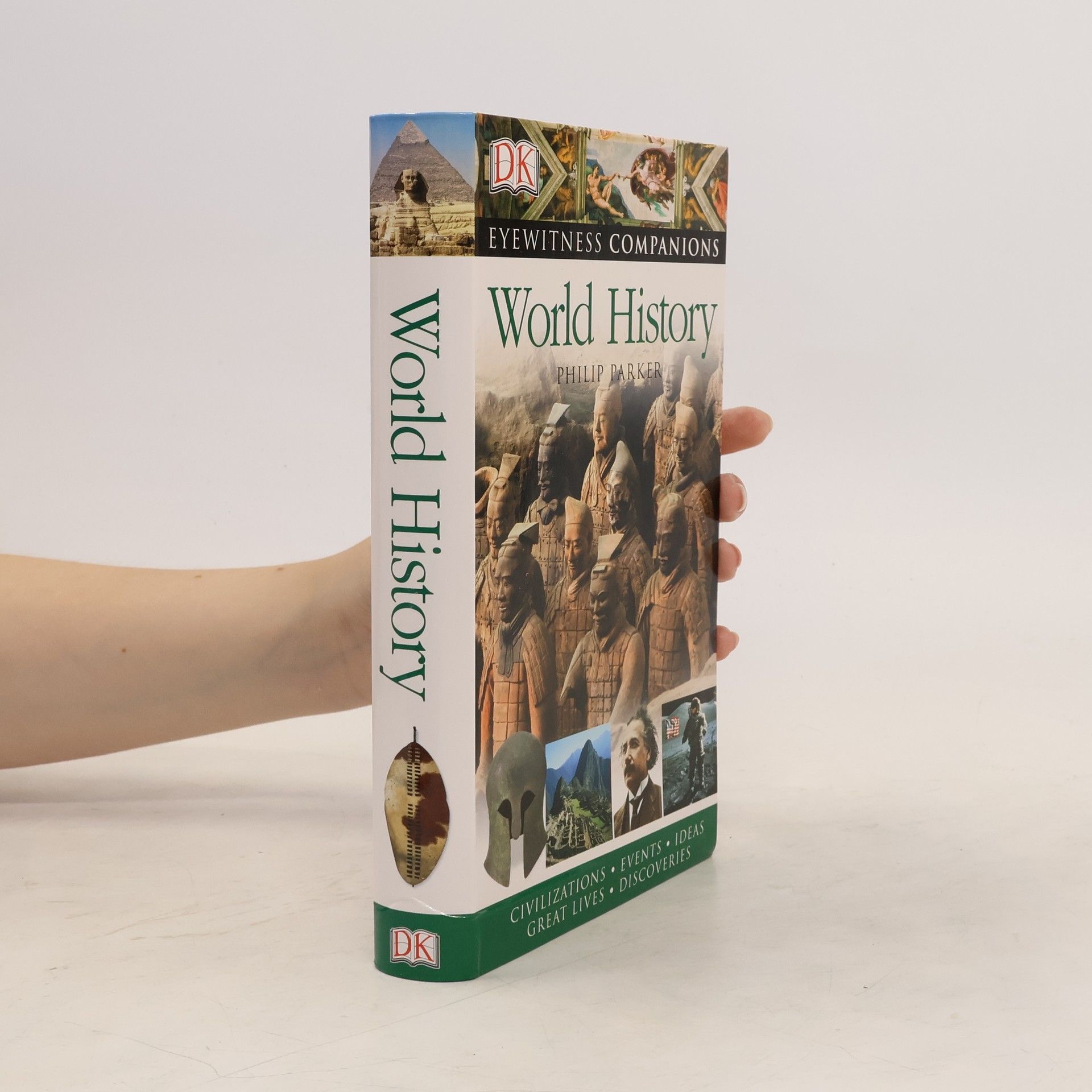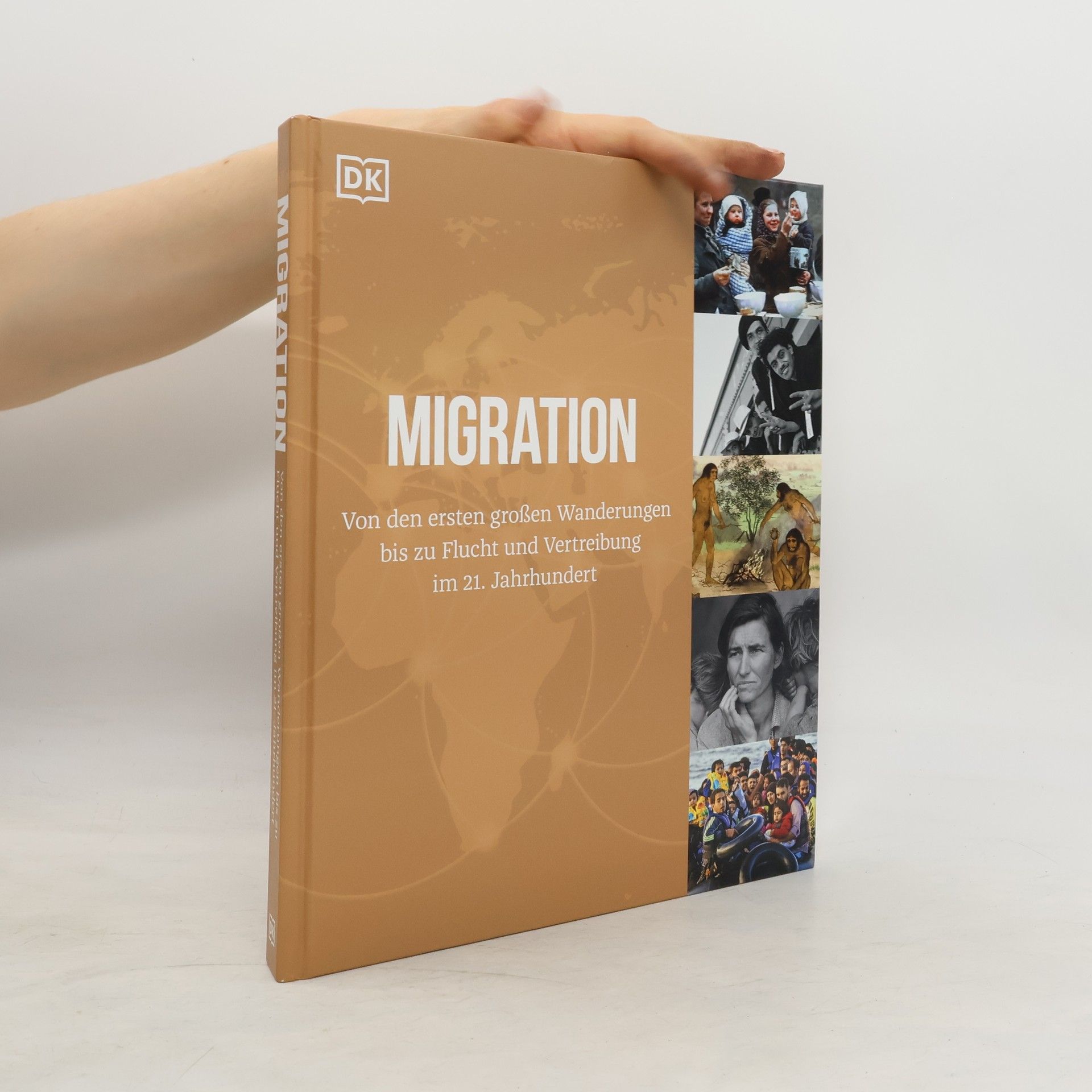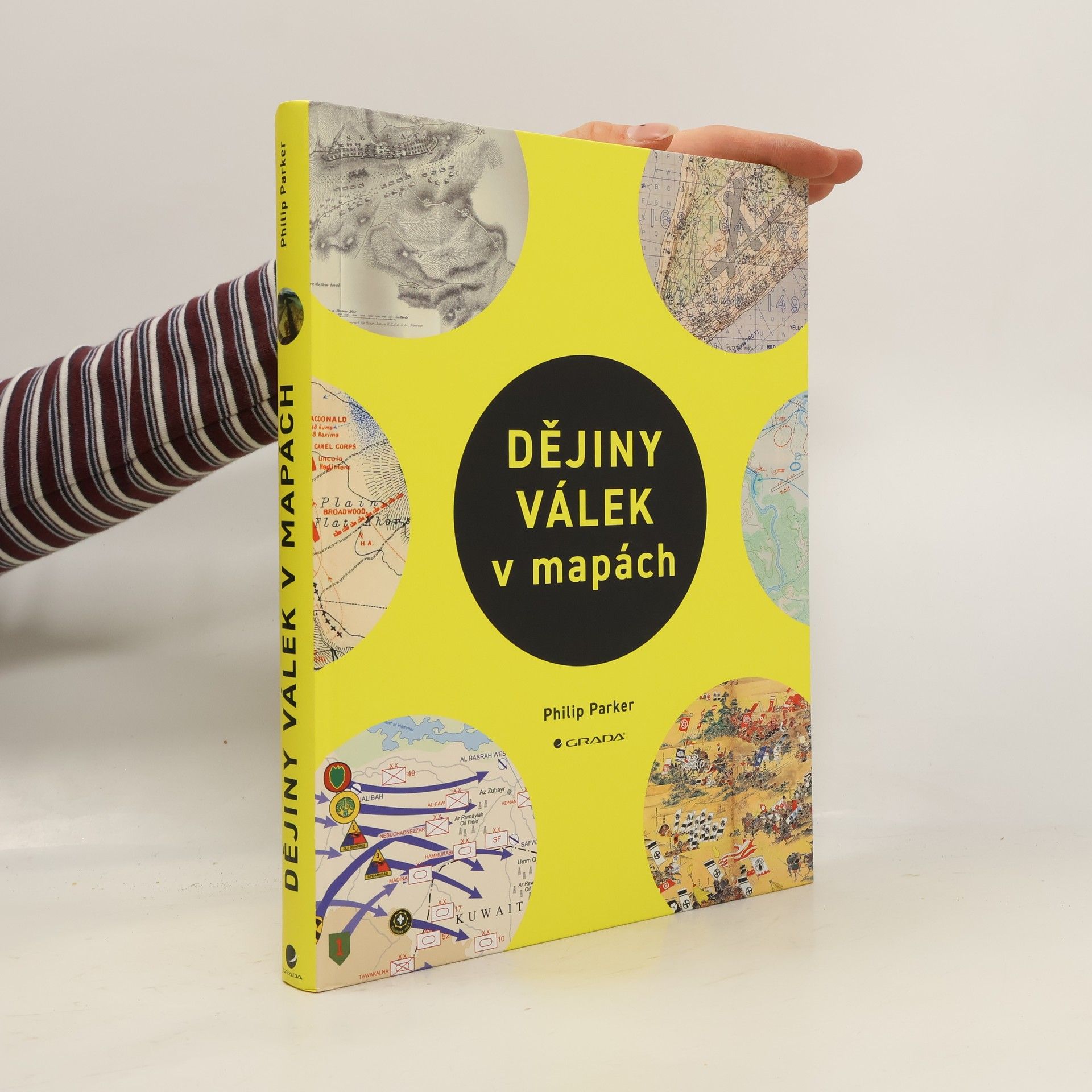Migration
Von den ersten großen Wanderungen bis zu Flucht und Vertreibung im 21. Jahrhundert. Visuelles Nachschlagewerk mit Karten und Fotografien
Das Buch bietet einen visuellen Überblick über die Geschichte der menschlichen Migration von den Anfängen bis zur Gegenwart. Mit Karten, großformatigen Fotografien und Berichten werden globale Wanderbewegungen und spezifische Ereignisse wie die Flucht aus der DDR und aktuelle Fluchtbewegungen anschaulich dargestellt. Es beleuchtet, wie Migration die Menschheit geprägt hat.




